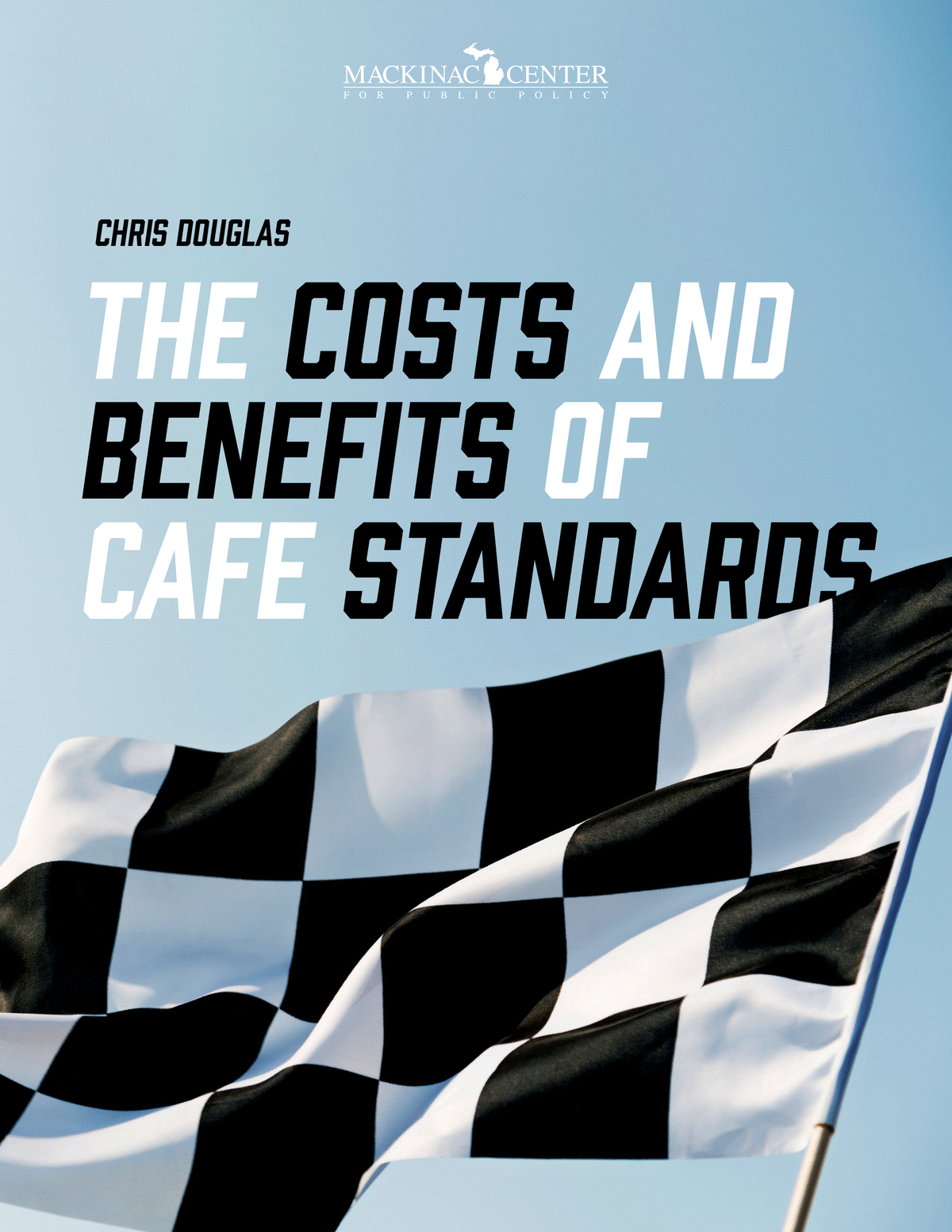Plenty of us are getting mid-20s mpg and find the LC powertrain to be excellent. So I can’t agree with your assertion that “regulations” forced Toyota to produce an inferior product. Wouldn’t mind having a bit larger fuel tank though.
Navigation
Install the app
How to install the app on iOS
Follow along with the video below to see how to install our site as a web app on your home screen.
Note: This feature may not be available in some browsers.
More options
You are using an out of date browser. It may not display this or other websites correctly.
You should upgrade or use an alternative browser.
You should upgrade or use an alternative browser.
Fuel Tank options for Land Cruiser 250/ GX550
- Thread starter Robbie
- Start date
I’m one of you in the mid 20’s on 275’s! Would agree the powertrain is excellent. Mimics many of the strengths of a diesel and mitigates many of the weaknesses of a diesel. Other great benefits too like 2400 inverter.Plenty of us are getting mid-20s mpg and find the LC powertrain to be excellent. So I can’t agree with your assertion that “regulations” forced Toyota to produce an inferior product. Wouldn’t mind having a bit larger fuel tank though.
However, local regulations are why Toyota reduced the size of fuel tank to bring to US.
Last edited:
I’m enjoying the vehicle as it is. I’m more curious about a tank for further range depending on what I do down the road. Not a need currently.
I live in the city Boston, walking distance from my office. I use my Prado for occasional outings like to go skiing in northern Maine with my wife and 2 kids, or to go on the beach in Martha’s Vineyard, the motocross track in NH trailering me and my sons dirtbike and occasionally on long trips. Not sure I’d call that full time heavy duty hauling. Name a vehicle that suits my needs better? I don’t see it unreasonable to ask for a longer range. It’s otherwise exactly what I want in a vehicle. I’m obsessed with it. I’m not at all blaming Toyota on this decision, I’m sure it’s an EPA driven nonsense.14mpg on 33s is rough, you shouldn’t sit for prolonged times anyway. Jokes aside, if you getting such bad milage maybe it’s a wrong truck for the task? Looks like this prado was designed for occasional outings for city folk, not full time heavy duty hauling.
People keep saying that toyota is forced to use 2.4L and small gas tank, what local regulations are those?We are very glad Toyota chose to bring a Land Cruiser model back to the US. Many were particularly pleased it was the Prado as that makes things more affordable. It does appears toyota what they were doing from looking at the sales figures.
Nothing wrong with Prado as designed. It is capable of extremely long driving range, excellent medium duty rowing and off-road range ability.
Unfortunately, due to local regulatory reasons toyota was forced compromise the fuel capacity and some might say engine to bring to US market.
We are simply looking to undo the compromise and purchase the same or similar fueling set up as Prado has in rest of the world unhindered by regulatory nonsense.
Please don’t misunderstand, there is nothing wrong with the Prado and we are not saying that.
I think your 14 mpg is odd, you might be slightly better off with Sequoia because of towing long distance relatively frequently.I live in the city Boston, walking distance from my office. I use my Prado for occasional outings like to go skiing in northern Maine with my wife and 2 kids, or to go on the beach in Martha’s Vineyard, the motocross track in NH trailering me and my sons dirtbike and occasionally on long trips. Not sure I’d call that full time heavy duty hauling. Name a vehicle that suits my needs better? I don’t see it unreasonable to ask for a longer range. It’s otherwise exactly what I want in a vehicle. I’m obsessed with it. I’m not at all blaming Toyota on this decision, I’m sure it’s an EPA driven nonsense.
People keep saying that toyota is forced to use 2.4L and small gas tank, what local regulations are those?
Corporate Average Fuel Economy (CAFE) Standards | US Department of Transportation
What are CAFE Standards?

The Costs and Benefits of CAFE Standards
www.mackinac.org
Downsizing and adding a turbo can increase efficiency under ideal, low load conditions like those in the EPA testing standards, the problem is real world economy can drop more quickly if have a heavy foot or are under a higher load as under boost it’s actually worse than a N.A. engine but the EPA testing doesn’t account for that… here’s a good explanation:
In short downsizing improves the stated EPA fuel economy but the real world tests can often vary significantly from that but manufacturers have little choice since they need to meet the CAFE standards.
This is why, for example, adding all terrains, will drop fuel mileage more than in a N.A. motor and also why those who have a gentle foot have significantly better fuel mileage than those who have a heavy foot. In the past, these differences were minimal. Driving under boost hurts fuel mileage a lot
Corporate Average Fuel Economy (CAFE) Standards | US Department of Transportation
What are CAFE Standards?www.transportation.gov

The Costs and Benefits of CAFE Standards
www.mackinac.org
Downsizing and adding a turbo can increase efficiency under ideal, low load conditions like those in the EPA testing standards, the problem is real world economy can drop more quickly if have a heavy foot or are under a higher load as under boost it’s actually worse than a N.A. engine but the EPA testing doesn’t account for that… here’s a good explanation:
In short downsizing improves the stated EPA fuel economy but the real world tests can often vary significantly from that but manufacturers have little choice since they need to meet the CAFE standards.
This is why, for example, adding all terrains, will drop fuel mileage more than in a N.A. motor and also why those who have a gentle foot have significantly better fuel mileage than those who have a heavy foot. In the past, these differences were minimal. Driving under boost hurts fuel mileage a lot
But there is nothing that regulates gas tank size?
Just like downsizing the engine, not directly but the vehicle is lighter and therefore burning less fuel in the testing standards. There are a ton of tiny little fuel efficiency things they do now that add up to a barely measurable amount. For example, I remember reading that the front skirt spoiler in the Tacomas increase fuel economy by 0.2 mpg. I’m sure the ones that come on the Land Cruiser are even less beneficial. From that perspective, I can see why Toyota kept the fuel tank small.But there is nothing that regulates gas tank size?
Who knows though, it’s all speculation.
A Sequoia is 14” longer than the LC. Too cumbersome for city street parking. Also, don’t like the styling or the part time 4wd. And I trailer less than 5% of the miles I drive. I just want my exact car with a longer range bro and I’m going to get it when available. Simple as that. You can’t convince me otherwise.
It seems like most new SUVs are targeting roughly a 350 to 375 mile range. For example, look at the latest releases of the Honda Passport and Bronco Sport.
That’s twice that you’ve said that ’local regulations’ are why we got a smaller fuel tank.However, local regulations are why Toyota reduced the size of fuel tank to bring to US.
Please elaborate..
Read my last message. Unless you ask Toyota engineers, we won’t know exactly but it stands to reason it’s because of the CAFE requirements combined with the readily available fuel in the US.That’s twice that you’ve said that ’local regulations’ are why we got a smaller fuel tank.
Please elaborate..
Fuel economy is determined in a laboratory, in simulated driving conditions, so the size of the tank wouldn’t affect anything, as the vehicles are not on a highway, carrying 5 to 10 more gallons of fuel (weight) down the highway in our ‘bricks’.Unless you ask Toyota engineers, we won’t know exactly but it stands to reason it’s because of the CAFE requirements combined with the readily available fuel in the US.
Anyone found a window molly rack that's compatible with the LC LC trim rails? After a week off-roading on the east side of the Sierras, I'm thinking once I get somewhere really remote an extra 5 gallons would be nice to have along.You could buy molly racks and roto pacs and affix them to your rear windows.
When I was young I'd use up whole tanks of gas just driving around our ranchlands. We had a couple trucks that were just for bringing fuel to other vehicles. I know it's hard to image people who don't live on pavement. When we visit Utah, Nevada, parts of Arizona, pretty much the same thing. There are no gas stations and no pavement at either the start or end of the route. You gas up 30-60 miles away before you even start. But there are no fuel trucks to help out.Wrong vehicle for full-time backroads towing, but even then, 2 x 5gal jerry cans is way easier solution than chinese aux tank, I think you want diesel for full time backroads. Do you have an example of backroads route in usa that will max out 250 range?
Seems reasonable to meJust like downsizing the engine, not directly but the vehicle is lighter and therefore burning less fuel in the testing standards. There are a ton of tiny little fuel efficiency things they do now that add up to a barely measurable amount. For example, I remember reading that the front skirt spoiler in the Tacomas increase fuel economy by 0.2 mpg. I’m sure the ones that come on the Land Cruiser are even less beneficial. From that perspective, I can see why Toyota kept the fuel tank small.
Who knows though, it’s all speculation.
A Sequoia is 14” longer than the LC. Too cumbersome for city street parking. Also, don’t like the styling or the part time 4wd. And I trailer less than 5% of the miles I drive. I just want my exact car with a longer range bro and I’m going to get it when available. Simple as that. You can’t convince me otherwise.
There are also federal caps on total emissions (particulants, pollutants, Co2 etc.) A less fuel efficient vehicle with a very large gas tank will disproportionately consume the quota limit for the entire product portfolio. Thus a low volume SUV could knock two higher volume commuter cars out their offering in order to stay under the combined limit.
So ironically that may be the reason we are seeing smaller fuel tanks on the vehicles that might want them the most.
So ironically that may be the reason we are seeing smaller fuel tanks on the vehicles that might want them the most.
Time will tell if CAFE standards will stay in effect.
It would though, the weight of the vehicle is considered. Vehicles are also actually tested in a controlled environment, but not all done. Not sure if it’s random or for some other reason. At least this is what I remembered from reading about it in an article a few years back.Fuel economy is determined in a laboratory, in simulated driving conditions, so the size of the tank wouldn’t affect anything, as the vehicles are not on a highway, carrying 5 to 10 more gallons of fuel (weight) down the highway in our ‘bricks’.
Why spend hundreds on Rotopaxes and mounts when you could spend thousands on a new tank and custom exhaust piping instead?
My strategy will be to carry an empty 5 gal (20l) heavy duty plastic fuel tank. If I find I need some extra fuel I will fill the plastic tank, top off the LC and drive until the LC tank is low enough to take the 5 gal. This way I only have to transport a gasoline container inside the LC for say 100 miles. Not ideal but the risk can be managed.
BTW- the longest distance between gas stations in the lower 48 states is only 105 miles in Utah. If you travel back roads it could easily be double that, Southern Oregon and Northern Nevada for example.
We have the federal govt and the manufacturers insane quest to meet overall CAFE standards for this fiasco. Another 60 pounds of fuel, about 10 gal, would have been nice. It would have had neglible impact on fuel consumption.
Similar threads
- Replies
- 42
- Views
- 23K
- Replies
- 127
- Views
- 25K


